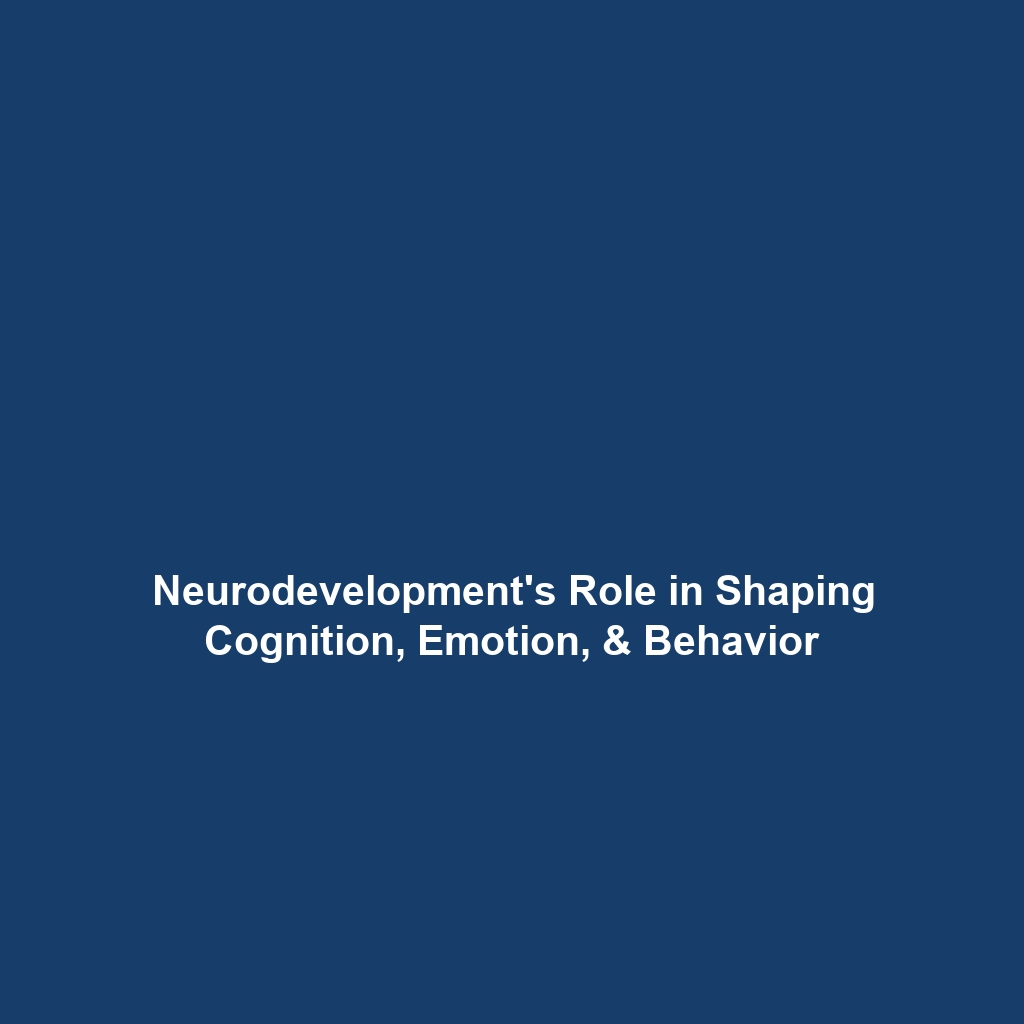In Electric Vehicles, the BMS Plays a Crucial Role in Ensuring Safety, Optimizing Performance, and Extending Battery Life
Introduction
As the demand for electric vehicles (EVs) continues to soar, the significance of Battery Management Systems (BMS) cannot be overstated. The BMS is essential for enhancing battery safety, maximizing performance, and prolonging battery lifespan. This critical component operates within the broader scope of Battery Technology, ensuring that EV batteries function efficiently and reliably. By employing advanced algorithms and precise monitoring, BMS guarantees optimized energy utilization, which is pivotal for both consumer satisfaction and safety.
Key Concepts
What is a Battery Management System?
A Battery Management System (BMS) is an electronic system that manages battery packs by monitoring their health, state of charge, and state of discharge. Key functionalities include:
- Safety Monitoring: A BMS ensures that battery operations remain within safe limits, preventing overheating and potential hazards.
- Performance Optimization: It dynamically adjusts charging and discharging cycles to enhance energy efficiency and battery performance.
- Lifetime Extension: By preventing overcharging and excessive discharging, the BMS augments the overall lifespan of the battery.
Applications and Real-World Uses
The effective integration of BMS in EVs showcases numerous practical applications within Battery Technology:
- Energy Management: BMS enables optimal energy allocation among various vehicle systems, enhancing overall vehicle performance.
- Battery Health Monitoring: Continuous monitoring of battery status allows for proactive maintenance and timely replacements, ensuring vehicle reliability.
- Smart Grid Interaction: Some BMS can interact with the power grid for energy trading, allowing EVs to function as energy storage systems.
Current Challenges
While BMS technology is revolutionary, it also presents several challenges:
- Complexity: Designing a robust BMS that accurately calculates various parameters is complex and requires continuous updates.
- Cost: Advanced BMS systems can significantly add to the cost of EVs, impacting market affordability.
- Scalability: Customizing BMS for different battery chemistries and configurations can be challenging, limiting universal applications.
Future Research and Innovations
The future of BMS in EVs is promising, with ongoing research focused on numerous areas:
- AI and Machine Learning: Integrating AI can lead to predictive maintenance and enhanced decision-making processes.
- Solid-State Batteries: Innovations in solid-state technology may require new BMS designs to cater to different thermal and electrical characteristics.
- Wireless BMS: Developing wireless BMS systems could simplify the design and reduce weight, improving overall vehicle efficiency.
Conclusion
The role of Battery Management Systems in electric vehicles is increasingly significant in ensuring safe, efficient, and sustainable usage of battery technologies. By guaranteeing optimal performance and extending battery life, BMS is pivotal in achieving the full potential of EVs. As research continues and innovations emerge, the future of battery management is set to revolutionize the landscape of Battery Technology. For further reading on related topics such as battery chemistry advancements and electric vehicle market trends, explore our Battery Chemistry and Electric Vehicle Trends sections.






